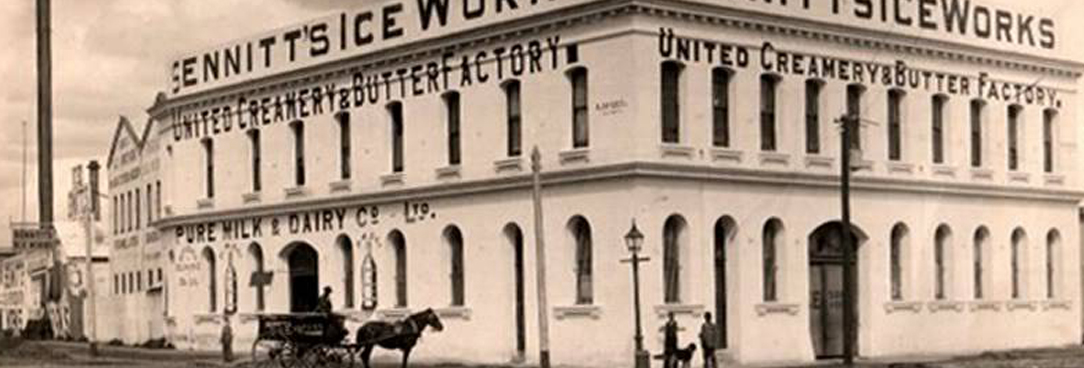
Author: Public Record Office Victoria
Public Record Office Victoria Volunteer, Liz Buckle, takes us on an historic journey capturing highlights from the enormous Shipping List project, which, after 24 years was finally completed in 2012.
Inwards and Outwards shipping lists 1852–1923
When I was asked to present at this year’s end of year function, it was suggested that I should cover the whole of the Shipping Index project.....WOW! 24 years of volunteering , 71 years of ship movements in and out of Melbourne, and millions of names. Think we would all need lots of packed lunches and dinners to get through all of that. So I decided to just sample the project – a bit from the beginning, a bit from the middle and bit from the end and hopefully it will give some sense of the entire project.
Early in the project there was a plea to note “odd” or “funny” names rather than famous people – ‘strangeties’. Inevitably the supposed names of Chinese featured heavily under this title. But in those early stages of the project, most of the names contained in the shipping lists belonged to single men, women and families hoping to start a new life in Victoria and perhaps make their fortune. Many of us can trace our families back to one or more of these arrivals.
1854
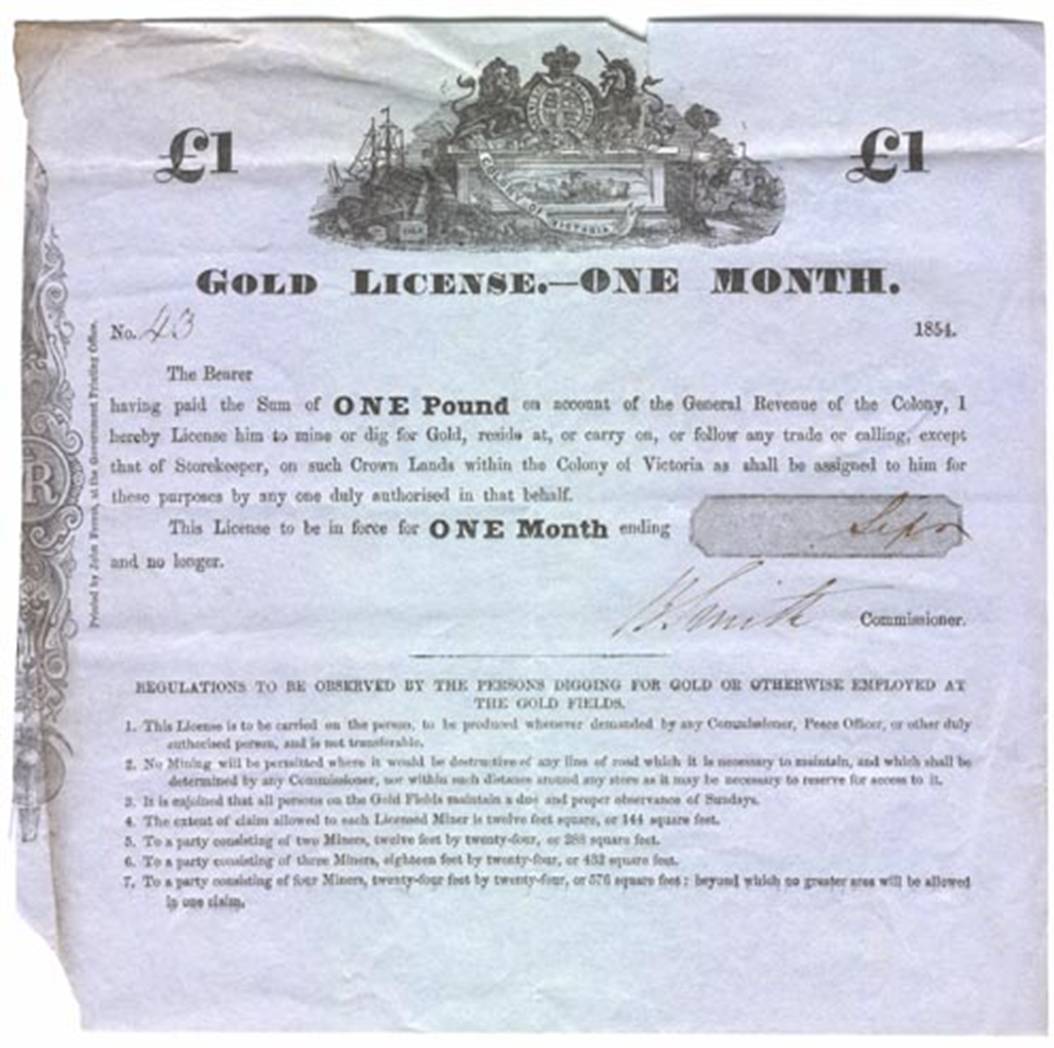
What a year to start with. This was a year of intense political agitation by miners on the Victorian Goldfields. Anti-Chinese riots occurred in July and of course in December - Eureka.
Some firsts – In September Lieutenant Governor Sir Charles Hotham opens Flinders Street Station – the first city railway station in Australia and later in the month the first game of cricket is played at the MCG.
January 23: On board the Birmingham were many passengers who fitted the description of new arrivals looking to start a new life or seek their fortune.
Among them was a 23-year-old Christopher James. He had left a wife and two children in Cornwall and come to the colony seeking gold. He never found gold for himself but continued to work in deep lead mining for the rest of his life.
The wife and children he left behind - what happened to them? Unfortunately the two children died but his wife arrived in the colony on 23 September 1857 on the Commodore Perry That couple went on to have nine children in Victoria and live long and productive lives. How do I know this? – They were my great-great grandparents! I wonder how many times a story similar to this, was repeated over the years covered by the Shipping List Project?
1854 also saw upheaval in Victoria in the government of the colony.
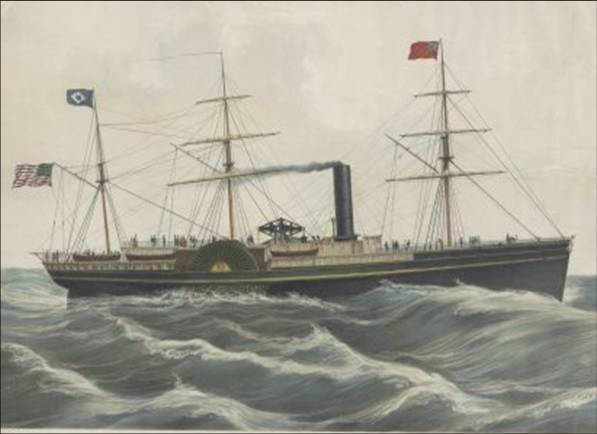
May 1854: There was the departure of Lieutenant-Governor, CJ Latrobe, on board the Golden Age. This was a steamship belonging to an American company (Pacific Mail Steamship Company) and on this voyage it travelled from Melbourne to Sydney to Tahiti and on to Panama City.
In June 1854 the new governor of Victoria, Sir Charles Hotham arrived on board the Queen of the South. Travelling with him was his wife and two servants – a modest entourage compared to some later arrivals.
June 1857: On board the Oithona , was a certain passenger departing Victoria – shown as ‘Going Anyhow’. He was travelling to Hong Kong. Had he made his fortune already or was he terribly homesick?
December 1857 saw the arrival on the Medway of Alfred Hitchcock who was travelling with his mother and sisters. A little early for the more famous film director I would think.
This was also the year the Melbourne Football Club was founded, the colony of Queensland was established as separate from NSW and Thomas Austin brought 24 rabbits and 5 hares to Australia in order to release them as game.
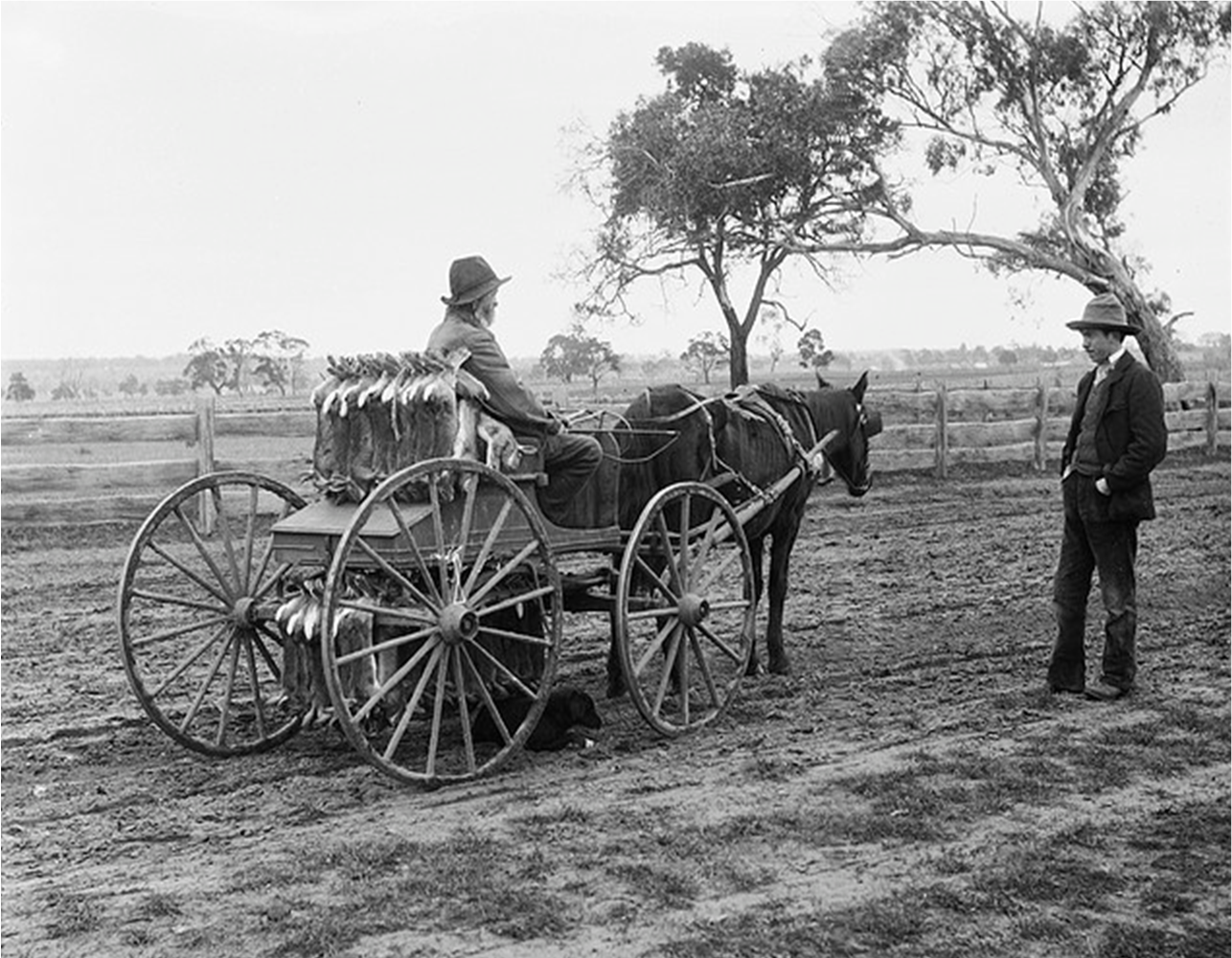
Thank you very much Thomas!
Let’s move on to the middle period of the project
1889
An interesting year – Foster’s Lager went on sale for the first time and the Tenterfield Oration calling for the Federation of the state was delivered by Henry Parkes. The poem – Clancy of the Overflow was first published in the Bulletin and Bravo won the Melbourne Cup. Fanny Durack of swimming fame was born and Peter Lalor, Eureka Stockade leader, died.

A family that arrived in March 1889 on the Cuzco took my eye. There was a certain Mrs Mary E Ward and her 4 children – Port Jackson Ward – aged six, Adelaide Ward - aged five, Versuvius [sic] Ward – aged 3, Gardifai [sic] Ward – aged two, and Guardafui - a male.
This family group was so intriguing I felt I had to find out more. Was the father a diplomat and the children named after postings? Was the father a frustrated Geography teacher? Was he a sailor? Was the mother an avid armchair traveller via stories and cables of the day in newspapers? Research showed something a little more mundane but nonetheless interesting. This family was travelling to NSW under an assisted immigrant scheme. Mr Richard Ward was already living and working there, as a coal miner in Newcastle. In 1891 another child was born to the couple – Orton H J Ward - in later documents he turns into Houghton and then into Haughton. Mr Ward died in 1892 so by the 1901 English Census we find the widow and her children back where they started from – Leigh, in Lancashire. The reasons for the strange names? Firstly, Port Jackson (Jackson was Mrs Ward’s maiden name and I found Port used as a name for a male child in several instances) Adelaide – a relatively popular girl’s name ever since the time of Queen Adelaide. Vesuvius – probably a mother’s fancy and Guardafui is a Cape in Somalia – in fact it is the tip of the horn of Africa.
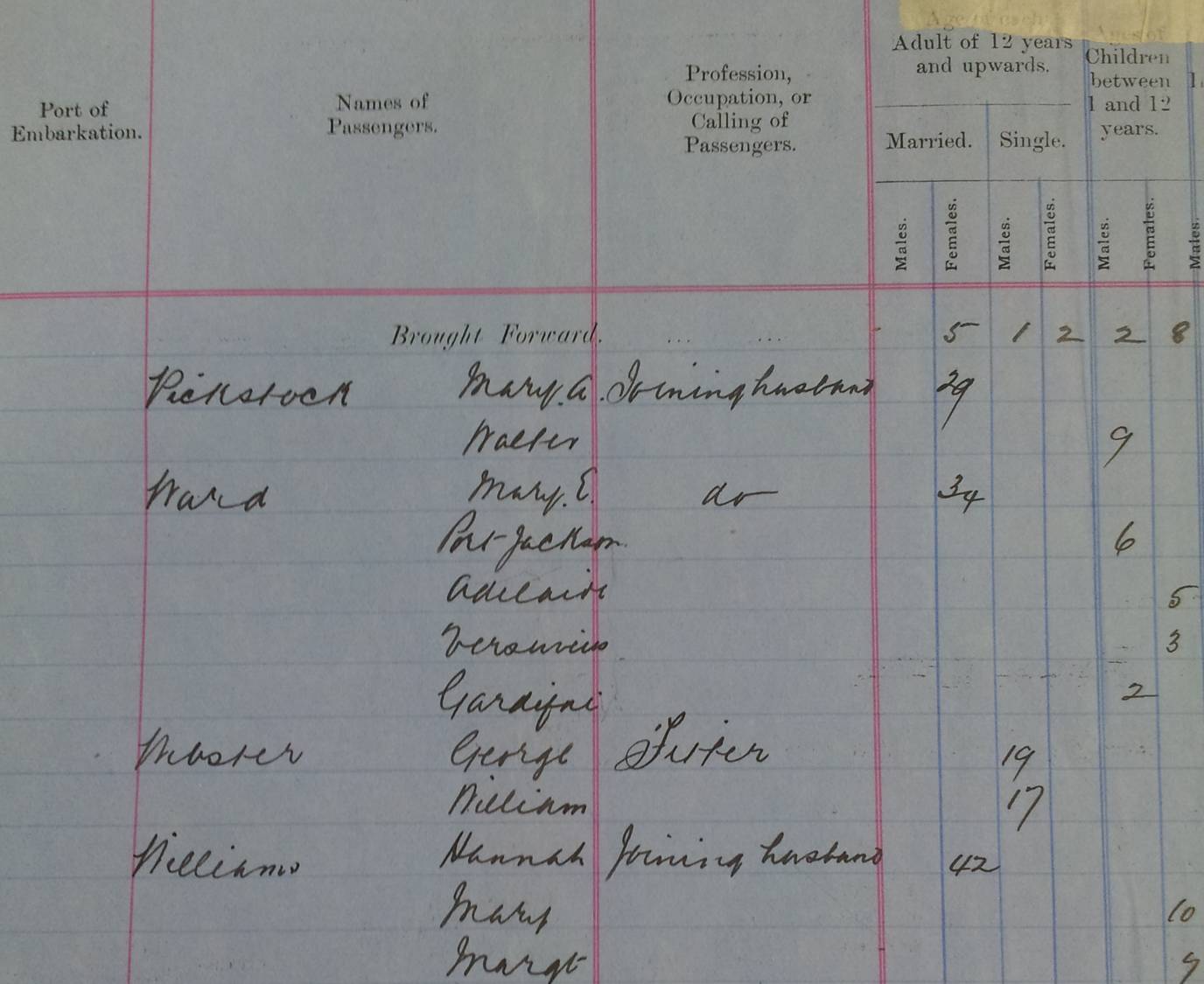
1907
The year a tropical cyclone killed 6 people in Cooktown, the Bondi Surf Bathers’ Lifesaving Club is formed – the first of its kind in the world, the government of Thomas Bent is returned in Victoria and the Harvester Judgement enshrining a minimum wage for Australians is handed down. The first telephone calls between Sydney and Melbourne was made, the film Robbery Under Arms is released and Norman Brookes becomes the first Australian to win the men’s single at Wimbledon.
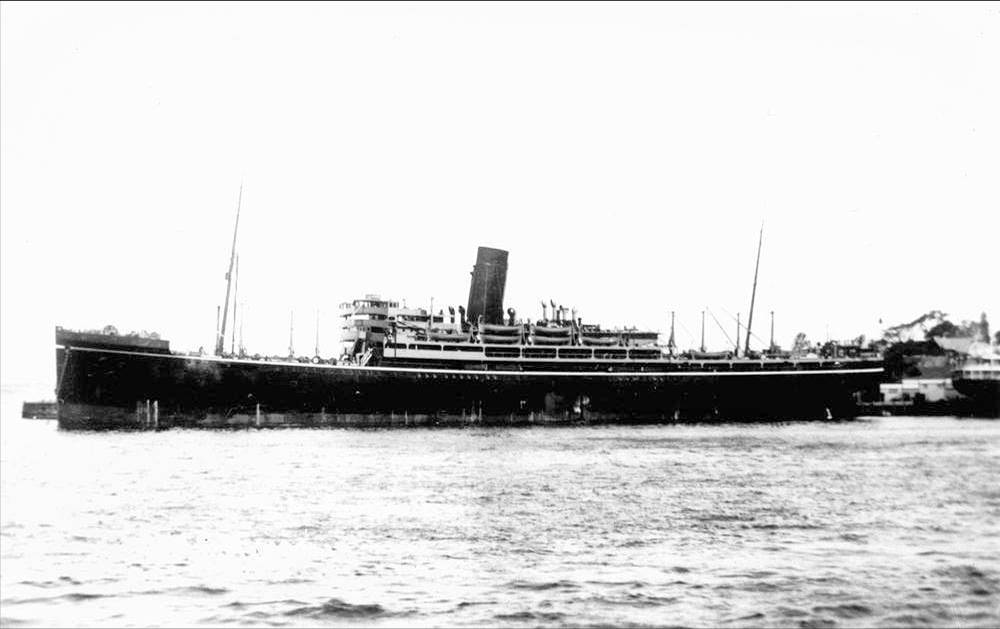
In August 1907 the P&O vessel, Mongolia, arrived in Melbourne on its regular UK-Australia run and on board was a theatre company arriving in Australia to present for JC Williamson – The Merry Widow. A member of the cast is listed as Fanny Dango! What an interesting project she turned out to be.
Fanny was one of five Rudge sisters – well known on the English stage and in Pantomime –
- Letitia Elizabeth Rudge – Letty Lind
- Sarah – Millie Hylton
- Elizabeth – Adelaide Astor
- Lydia – Lydia Flopp
-and of course, Fanny. As did many well known actors and dancers, Fanny featured on postcards and early cigarette cards and you can find these on the HAT (History of Australian Theatre) website. She took the eye of a recently divorced – Samuel Peter MacKay - a Western Australian sheep and cattle grazier from the area near Broome WA and they were married in London in 1911. He was also a keen breeder of racehorses and had a property near Berwick – Melville Park, later owned by Andrew Chirnside and now a retirement village (Edrington Park). Samuel died in 1923 and Fanny returned to England but continued in the theatre there and in Australia for some further time. She died here in Kew in 1972 aged 91.

Arriving in October 1910 on board another P&O ship, the Macedonia, was a Mr H G (Herbert George) Ponting – no relation to the Australian cricketer. This Mr Ponting was an English photographer on his way to New Zealand to join with the Capt. Scott’s Expedition to the South Pole. Although an Englishman, Ponting had been living in California for many years and had travelled throughout Asia as a freelance photographer for English-speaking periodicals. He was made a FRGS and had a book of photos and stories of Japan published. It was his flair for journalism and ability to shape his photographs into a narrative which led to his being signed as expedition photographer for Scott’s expedition.
He not only took still photographs on this expedition, he also took movies thanks to a portable movie camera he took along – one of the first in the Antarctic. A silent movie – “The Great White Silence” – was produced in 1924 based upon surviving movie material from the expedition.
Towards the end of the Shipping List Project famous names rather than “strangeties” came thick and fast and over the years.
1920-1923
1920 was a year when two political parties were formed in Australia – the national Country Party and the Communist Party, QANTAS was founded in Winton, we won three medals at the Antwerp Olympics (two silver and one bronze) and Richmond defeated Collingwood in the VFL Grand Final. Edmund Barton, Australia’s first PM, died but it was a good year for births – Michael Pate, Leo McKern, John Brack, Rosemary Dobson, Arthur Boyd, Kath Walker and Colin Thiele.
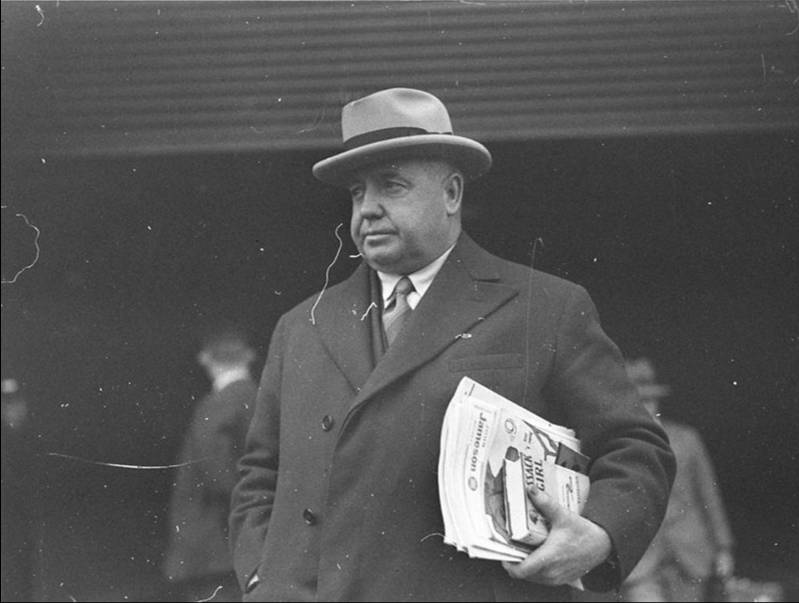
In March 1922 on board the departing Narkunda were a certain Mr and Mrs F W Thring. Thring, born in Wentworth NSW, the son of a labourer, was a pioneer in film in Australia. He started Biograph Pictures in Tasmania, opened the Paramount Theatre in Melbourne in 1915 and became managing director of JC Williamson Films in 1918 – this merged to become Hoyts in 1926.
Thring sold his interests in Hoyts to Fox Film Corporation and went into film production with Efftee Studios. In five years he produced 9 features and over 80 shorts. In 1932 he became the leader of a campaign for a quota for Australian movies. He died in 1936 at East Melbourne at the age of 52 of cancer. It was estimated that Thring lost over £75,000 of his own money on his film-making and theatrical ventures.
1923
The year in which the first Anzac Day Dawn Service is held – at Albany W.A., construction began on Sydney Harbour Bridge, two people drowned in severe floods in Melbourne and in November the Victorian Police strike began resulting in rioting and looting in the Melbourne CBD.
March 1923 was a busy month for departures from Melbourne of some of its leading citizens.
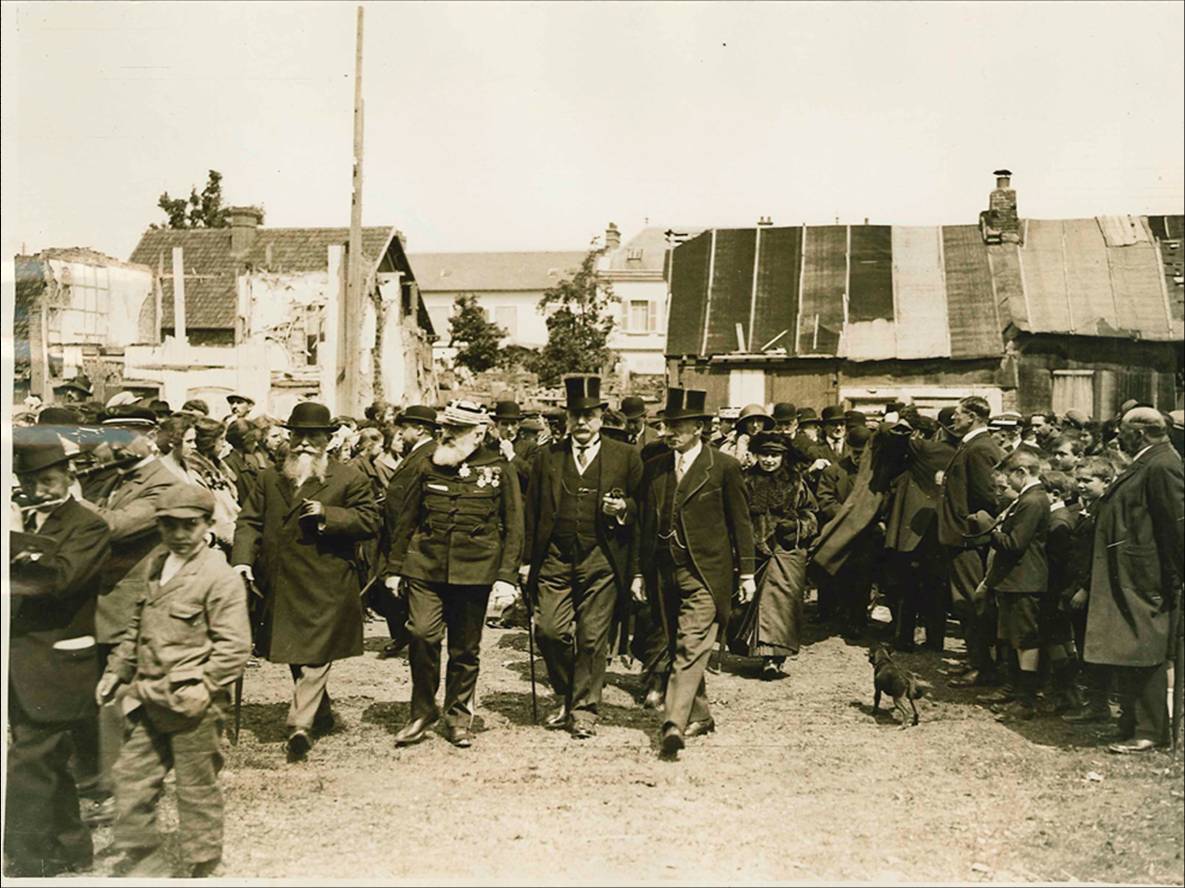
Mr Frank Tate – well known to any ex-teachers here, was off to the Imperial Education Conference in London on board that well known Orient Line ship Ormonde. Frank Tate is a bit of hero for me. He was a teacher who started his career as a pupil-teacher before he even got to enrol in the two year course at the Training institution.
Over his career he was a teacher, lecturer at the Training College, an Inspector of Schools based at Charlton and Principal of Melbourne Training College.
He was impatient with Ed. Dept bureaucracy and with the niggardly attitudes of governments towards teacher salaries and so became one of the founding members of the State School Teachers’ Union of Victoria.
In 1902 he became the first Director of Education. In this role he persuaded the Government of Thomas Bent to establish the Melbourne Continuation School – which morphed into Melbourne High School, then Melbourne Boys High School and MacRobertson Girls High School. By 1914 he had overseen the establishment of over 43 state High schools offering either complete or partial secondary education. He was also responsible for the introduction of Technical Schools which prepared students for the Technical College (now RMIT). He finally retired in 1928 and died in 1939.
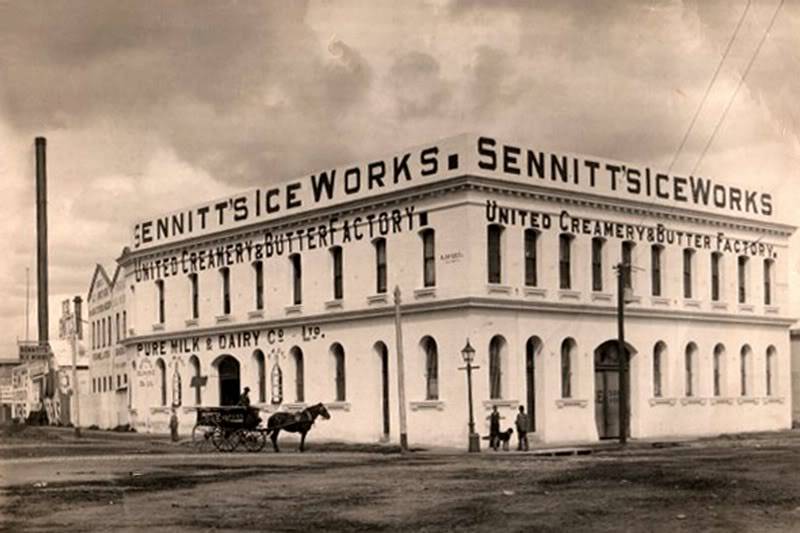
In the same month but travelling on board the Diogenes was WJ Sennitt– Who remembers Sennitt ice-cream and its polar bear logo? The Sennitt family first established an ice and refrigeration-works on the south bank of the Yarra River – just about where the Langham hotel is today.
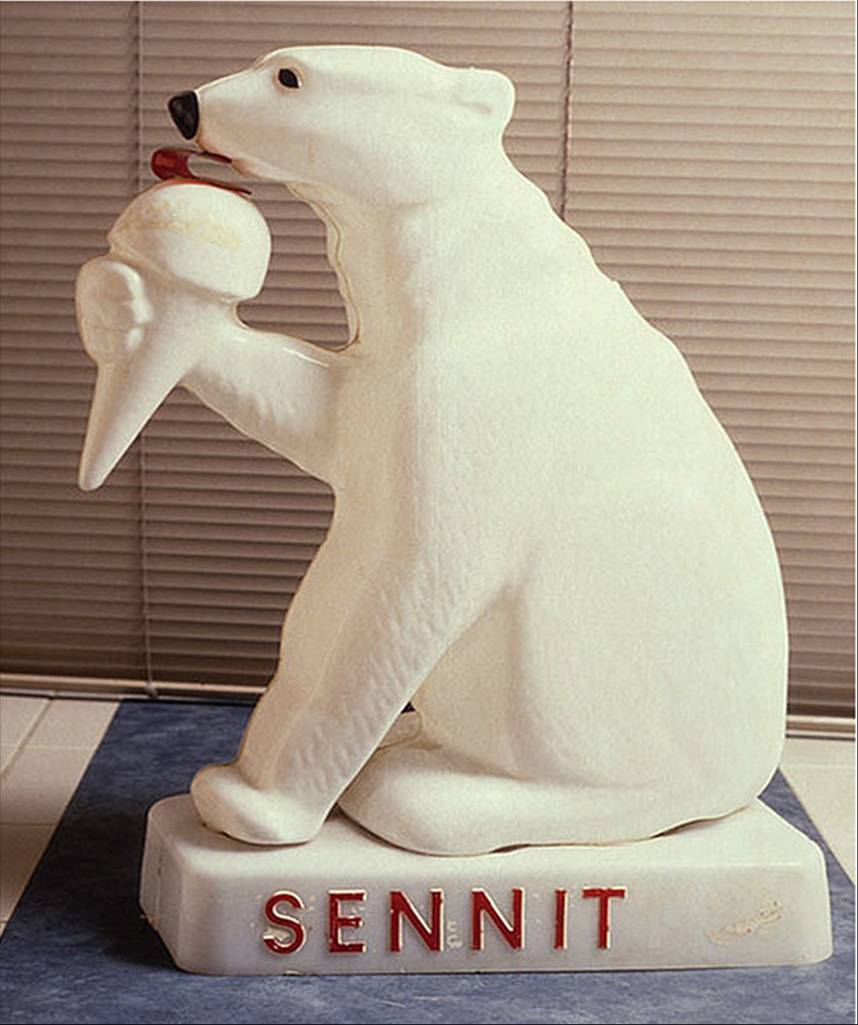
Still in March 1923 a good friend of Mr Sennitt’s – WC Angliss - was travelling overseas on the Narkunda. Sir William Charles Angliss started his working life in England as a butcher – a trade he followed when he came to Australia – Brisbane, then Sydney and finally in North Carlton in 1886. Business prospered and in 1892 he moved into Bourke St and also began exporting frozen meat. He went on to become the dominant figure in Australia in this market.
He also established a pastoral empire buying or leasing pastoral properties in the three eastern states. In 1934 he sold the meat business to the British firm of Vesteys for £1½ million but kept his pastoral properties. By 1950 he reputedly the richest man in Australia and in his later years he financed the establishment of a food-trades school named after him.
Despite all this he found time to be an MLC representing Southern Province and was in parliament from 1912 – 1952.
During his political career he was involved in an enquiry when in 1915 a committee was established to inquire into statements made in connection with the export of meat from the state of Victoria imputing to him improper conduct – the allegations could not be proved. The report is in the repository and can be found by searching our online catalogue.
At the age of 92 he was still reporting to his desk every morning but he died that same year at his home in Auburn in 1957.
Finally I would like to say thank you to all those who contributed to the Shipping List project over the years, whether in the City, as part of the Laverton Group or here at North Melbourne.
Liz Buckle, PROV Volunteer
Material in the Public Record Office Victoria archival collection contains words and descriptions that reflect attitudes and government policies at different times which may be insensitive and upsetting
Aboriginal and Torres Strait Islander Peoples should be aware the collection and website may contain images, voices and names of deceased persons.
PROV provides advice to researchers wishing to access, publish or re-use records about Aboriginal Peoples
